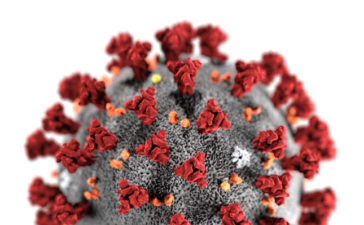Washington: HIV is considered to be one of the most fatal diseases worldwide and continues to be a major global public health issue.
Their approach involves sending an agent to ‘wake up’ the dormant virus, which causes it to begin replicating so that either the immune system or the virus itself would kill the cell harboring HIV.
Scientists call the technique “kick and kill.”
According to a report in 2016, India had a total of new 1.96 new HIV cases.
According to the research, destroying the reservoir cells could rid some or all HIV virus from people who are infected.
And although the scientists’ approach has not been tested in humans yet, a synthetic molecule they developed has been effective at kicking and killing HIV in lab animals,.
David Geffen School of Medicine at UCLA, and the study’s lead author, said, “The latent HIV reservoir is very stable and can reactivate virus replication if a patient stops taking antiretroviral drugs for any reason. Our study suggests that there may be means of activating latent virus in the body while the patient is on antiretroviral drugs to prevent the virus from spreading, and that this may eliminate at least some of the latent reservoir.”
With further development, the technique could lower the viral reservoir enough for people with HIV to be able to discontinue their anti-viral therapy, Marsden said.
SUW133 is based on bryostatin 1, a natural compound extracted from a marine animal called Bugula neritina.
The research determined that the new compound is less toxic than the naturally occurring version.
“The findings are significant because several previous attempts to activate latent virus have had only limited success. Most studies showed weak activation of the virus, or severe toxicity, with little effect on the reservoir,” noted senior author Jerome Zack, professor and chair of the UCLA department of microbiology.
Marsden concluded results in mice will not necessarily translate to humans.





